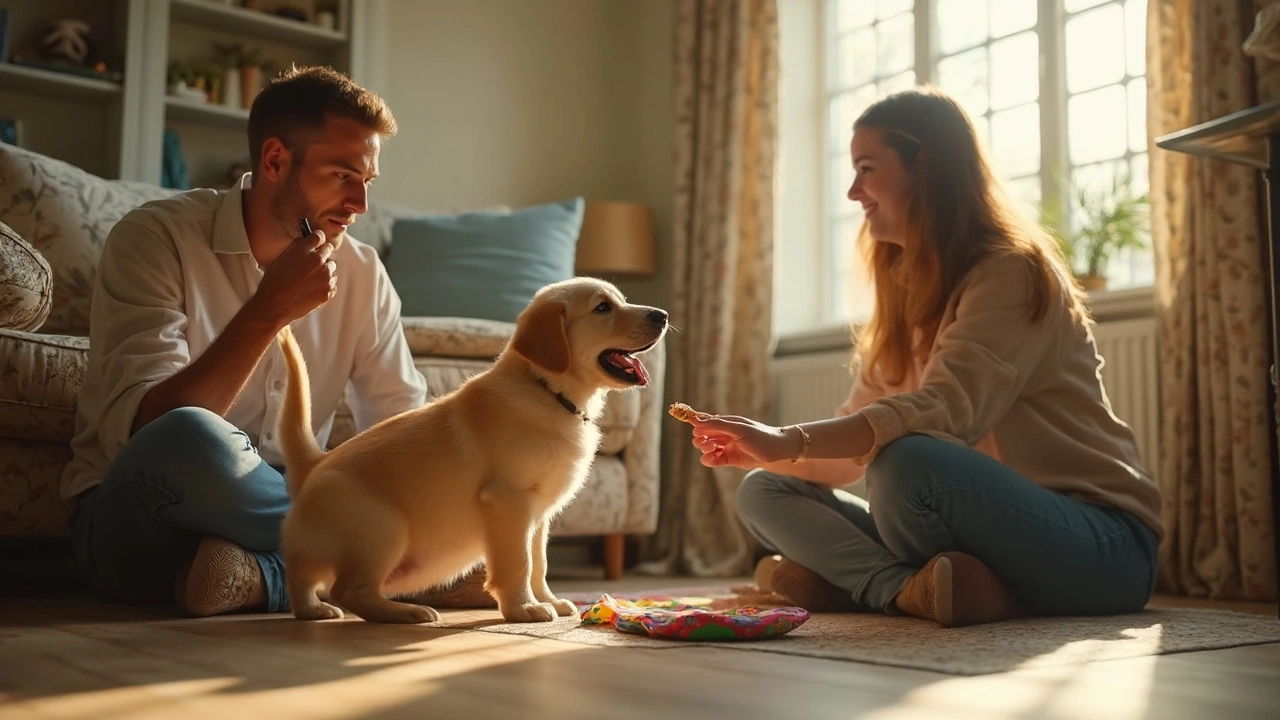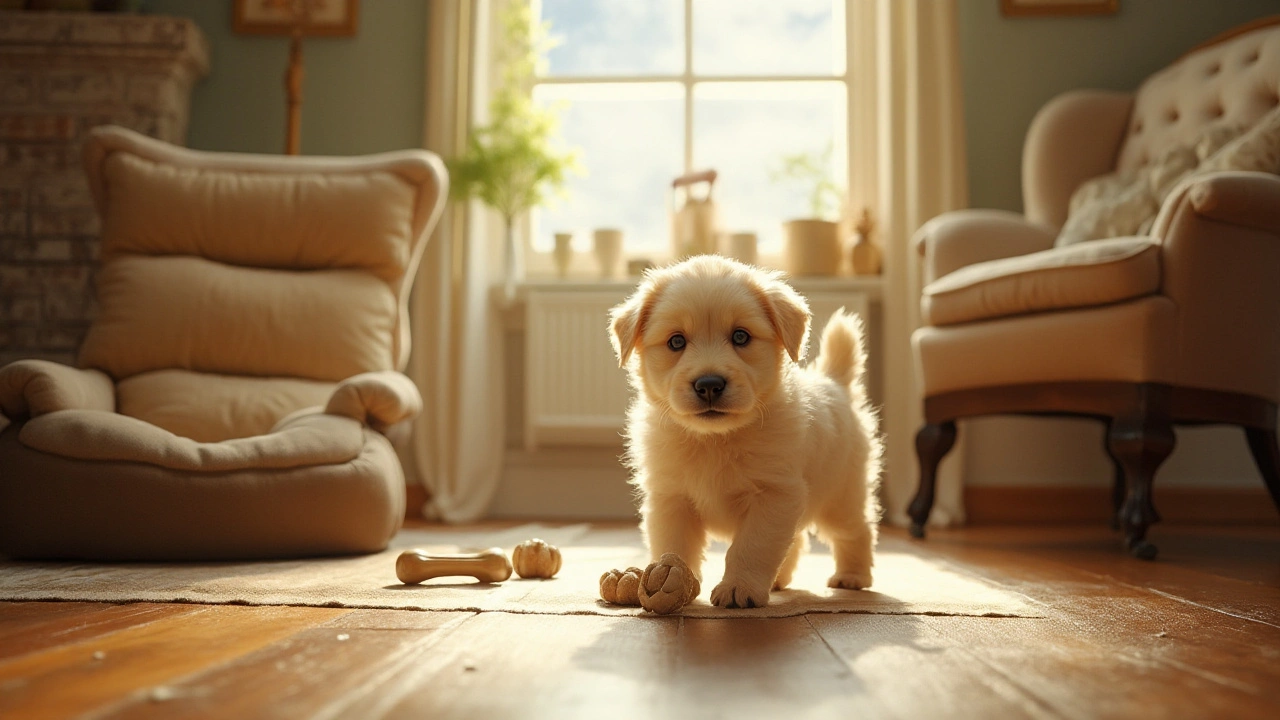House Training Your Dog: Practical Tips to Get Them Dry Quickly
Got a new pup or a grown dog that’s still having accidents? You don’t need a fancy guide or years of patience. With a clear routine, the right cues, and a few easy tricks, you can teach almost any dog where to go and keep your floors clean.
Start with a Simple Schedule
Dogs thrive on predictability. Set feeding times, then plan potty breaks around meals. A typical routine looks like this:
- Morning: Take the dog out within 15 minutes of waking.
- After meals: Go outside 5‑10 minutes after eating.
- Every 2‑3 hours during the day: A quick bathroom trip keeps accidents low.
- Before bedtime: A final stretch outdoors, then keep the crate or bed close.
Stick to the plan for at least a week. If you’re consistent, the dog learns that “outside = bathroom” and will start holding it until you’re ready.
Choose a specific spot outside and use the same command each time, like “go potty”. Say the cue, wait a few seconds, then praise loudly when they finish. The praise should be immediate, so they link the word with the action.
Avoid Common Mistakes
It’s easy to slip into habits that confuse your dog. Here are the biggest slip‑ups and how to fix them:
- Punishing accidents. Scolding after the fact doesn’t help; the dog already smells the mess. Instead, clean with an enzyme cleaner and keep reinforcing the outdoor cue.
- Leaving the dog alone for too long. A five‑year‑old can hold it for 4‑5 hours, but a puppy needs a break every 2 hours. Use a playpen or a safe room with a potty pad for short absences.
- Inconsistent commands. If you sometimes say “go” and other times “outside”, the dog gets confused. Pick one phrase and stick with it.
Another tip: watch body language. A sniffing nose, circles, or a sudden dash to the door means they need to go. React fast, and they’ll learn to tell you.
For indoor apartments, consider a high‑quality artificial turf mat. Place it near the door, use the same cue, and gradually move it closer to the outdoor exit as the dog gets the idea.
Finally, remember that house training isn’t a one‑time thing. Life changes – a new baby, a move, a change in diet – can cause setbacks. When that happens, go back to the basics: schedule, cue, and praise.
With a steady schedule, clear commands, and lots of positive reinforcement, most dogs become reliable house‑trained within a few weeks. Keep the tone upbeat, stay patient, and celebrate every success. Your home stays dry, and your dog gains confidence – a win‑win for everyone.
Puppy Pee Problems: How to Handle Accidents in the House
Punishing a puppy for peeing in the house can backfire and set back their training. This article covers better ways to react to accidents and how to teach your pup where to go. Find out how puppy toys and play can help with training, why timing is everything, and common mistakes owners make. Packed with practical tips and real-life examples, this guide helps you raise a happy, well-behaved puppy.
When to Safely Let Your Puppy Explore Your Home
Inviting your puppy to roam around your home is a big step. This decision goes beyond age and learns towards behavior and readiness. By understanding your puppy's needs and offering a safe environment, you can ensure a positive roaming experience for your new furry friend. Tailoring the freedom journey to individual personality will help nurture your bond while providing a sense of independence.

